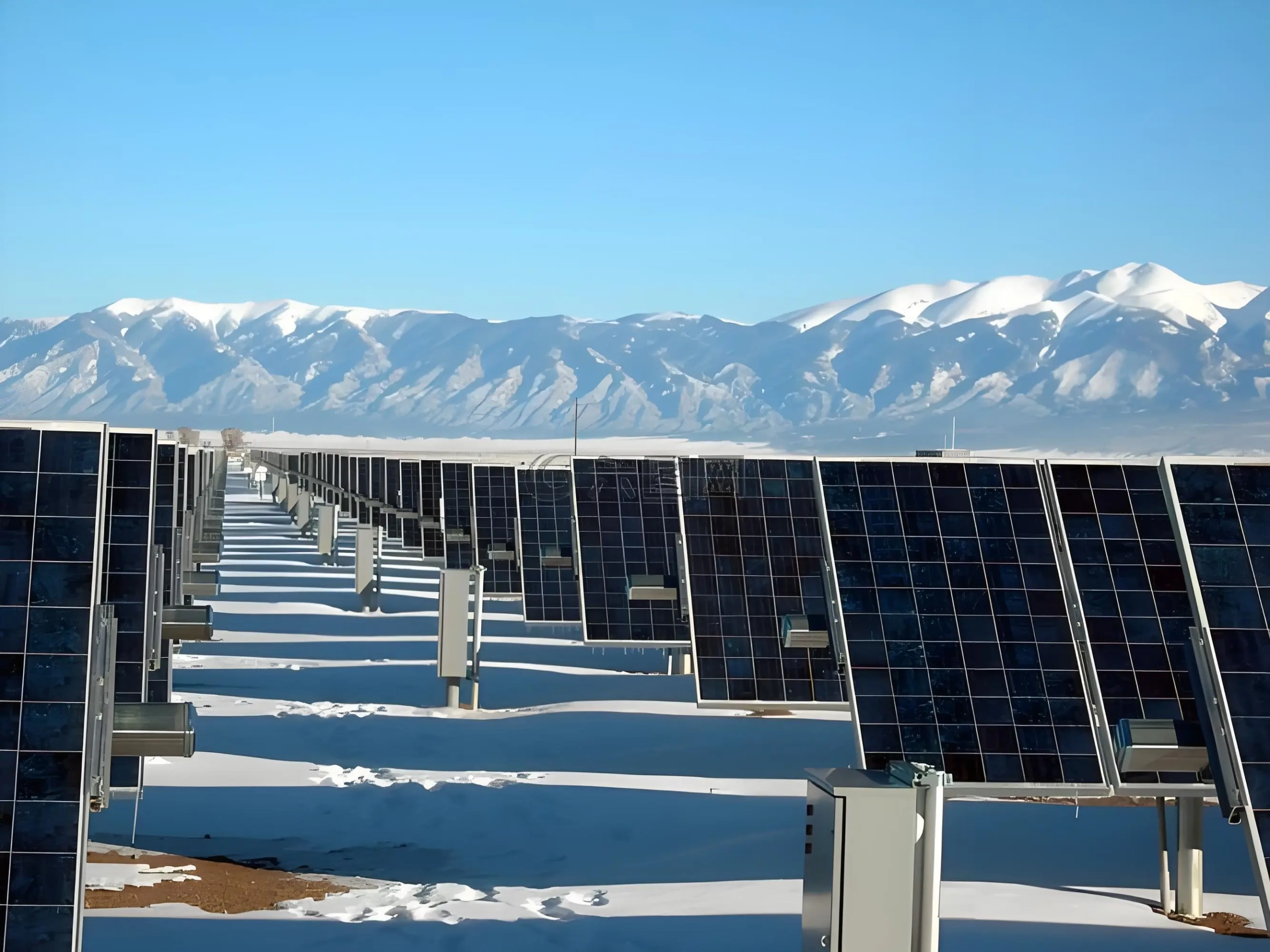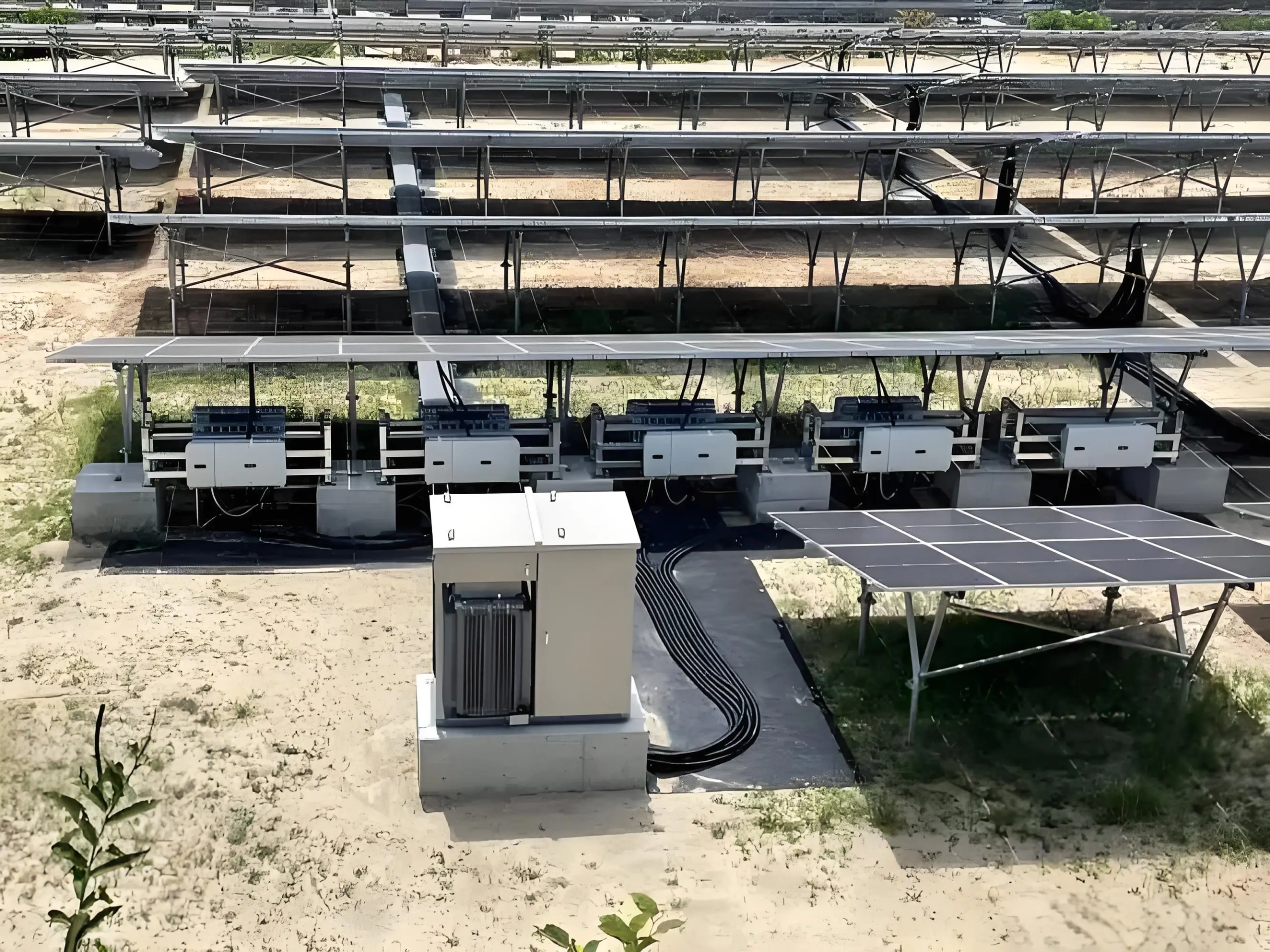As the global demand for clean energy continues to grow, many people are turning to solar systems to harness renewable energy. These free energies help us reduce our reliance on traditional power plants, and businesses can use commercial solar system batteries to store energy to avoid peak electricity prices. Among these components, solar arrays play a vital role. This article explains what a solar array is, its components, how it works, and the benefits it can bring to your home or business.
What is a Solar Array?
A solar array is a power-generating system composed of multiple interconnected solar panels. By combining multiple panels, a solar array captures more sunlight simultaneously, generating a significant amount of electricity. Solar arrays are widely used in residential, commercial, and industrial applications to reduce electricity bills and decrease reliance on fossil fuels.
What Does a Solar Array Include?
A solar array typically consists of the following components:
- Solar Panels: Composed of photovoltaic (PV) cells that convert sunlight into direct current (DC) electricity.
- Mounting System: Secures the solar panels at optimal angles to capture the most sunlight.
- Inverter: Converts the DC electricity generated by the panels into alternating current (AC) electricity for use in homes and businesses.
- Wiring and Cables: Connects the solar panels to the inverter and delivers electricity to the grid or storage system.
- Monitoring System (Optional): Tracks the performance of the solar array in real time.
How Does a Solar Array Work?
A solar array works by using photovoltaic cells to convert sunlight into electricity. When sunlight hits the PV cells, electrons are released within the semiconductor material (usually silicon), creating an electric current. The DC electricity is then converted into AC electricity by the inverter, making it suitable for powering homes, businesses, or industrial facilities. Excess electricity can be stored in batteries or fed back into the grid.
Benefits of a Solar Array
- Clean Energy: Solar arrays generate electricity from sunlight, reducing dependence on fossil fuels and minimizing greenhouse gas emissions.
- Lower Electricity Bills: Solar power significantly reduces energy costs, especially in regions with high electricity prices.
- Renewable and Sustainable: Solar energy is an inexhaustible resource, ensuring long-term sustainability.
- Energy Independence: Solar arrays enable users to generate their own power, decreasing reliance on the grid.
How Long Does a Solar Array Last?
Solar arrays typically last 25–30 years, depending on the quality of the solar panels, installation, and maintenance. Most manufacturers offer warranties of up to 25 years, guaranteeing that the panels will retain at least 80% of their original efficiency over time.
How Many Solar Panels Do You Need for a Solar Array?
The number of panels needed depends on your energy requirements, geographic location, and the output power of each panel. For example, if your household consumes 5kWh of electricity daily and each panel produces 300W, you would need approximately 17 panels to meet your needs.
How Much Energy Can a Solar Array Produce?
The energy production of a solar array depends on several factors, including:
The total wattage capacity of the solar array determines its potential output. also as The average peak sunlight hours in your area (time when solar panels operate at maximum efficiency) directly affects energy production. For instance:
5 peak sunlight hours per day × 1 kW system = 5 kWh/day.
Real-Life Applications
Residential: A 5 kW system can cover the energy needs of a small to medium-sized household, depending on usage.
Commercial: A 50 kW solar array can significantly offset energy costs for small businesses.
Industrial: Large-scale solar farms with capacities in megawatts can supply electricity to hundreds or thousands of homes.
By tailoring the solar array’s size and configuration to your specific energy requirements, you can optimize its energy production and savings.
What Types of Solar Panels are Best?
The most common types of solar panels are:
- Monocrystalline Panels: High efficiency, ideal for limited space.
- Polycrystalline Panels: Slightly lower efficiency but more affordable.
- Thin-Film Panels: Flexible and suitable for irregular surfaces, though less efficient.
The best choice depends on your budget, available space, and efficiency needs.
How Much Does a Solar Array Cost?
The cost of a solar array varies depending on its size, panel type, brand, and local market conditions. On average, the cost per kilowatt of installed capacity ranges from $1,000 to $3,000 (excluding storage systems). Larger arrays typically have higher upfront costs but lower per-unit electricity generation costs.
How Should a Solar Array Be Positioned?
The placement and angle of a solar array are crucial for maximizing efficiency. Ideally, panels should face the direction that receives the most sunlight (usually south-facing in the northern hemisphere) and be tilted at an optimal angle based on your latitude.
Can Solar Arrays Be Expanded?
Yes, solar arrays are highly scalable. If your energy needs increase, you can add more panels to your existing system or upgrade components like inverters to handle higher capacities.
Are Solar Arrays Suitable for Residential Use?
Solar arrays are not only for large-scale commercial solar systems but are also ideal for residential use. When combined with battery storage, they can serve as a reliable home backup power system, protecting against grid outages and reducing electricity bills. Additionally, many governments offer subsidies or tax incentives for solar installations, making residential solar arrays more affordable.
Who are Solar Arrays Best For?
Solar arrays are suitable for:
- Homeowners: Seeking energy independence and lower electricity bills.
- Businesses: Aiming to cut operational costs and achieve sustainability goals.
- Industrial Facilities: Needing high-capacity energy solutions.
- Remote Locations: Areas without grid access, where solar arrays combined with battery storage can provide reliable power.
Conclusion
A solar array is an efficient way to harness sunlight and convert it into electricity, suitable for homes, businesses, and industrial use. By understanding how solar arrays work and the benefits they bring, you can decide whether investing in solar energy is the right choice for achieving energy independence, reducing carbon footprints, and saving on costs. A solar array is a significant step toward a greener and more sustainable future.
Save Money, Protect Environment
PKNERGY helps you reduce your energy bills for your home solar energy storage, store your solar energy for use anytime- at night or during an outage.





